Top Common Houseplants to Beware With Cats and Dogs
There’s nothing more refreshing for our homes than having beautiful, living plants. Some provide lovely greenery, while others produce wonderful blooms. It helps bring a little of the outdoors inside to help us feel energized and invigorated. However, some of these plants when ingested by your pup or kitty can make them feel less than energized and invigorated. Some can even be deadly. Here’s a list of the top most common plants that are poisonous to pets or can upset your furry friend’s day.
Common Ivy or English Ivy
This plant is easily recognized as its climbing nature allows it to cling to walls, cliffs, tree trunks and areas of your home. It is a great air purifier and produces a lovely green that is easily taken care of and grows quickly. This plant can prove especially tantalizing for cats as the dangling branches make great toys to bat at or chew.
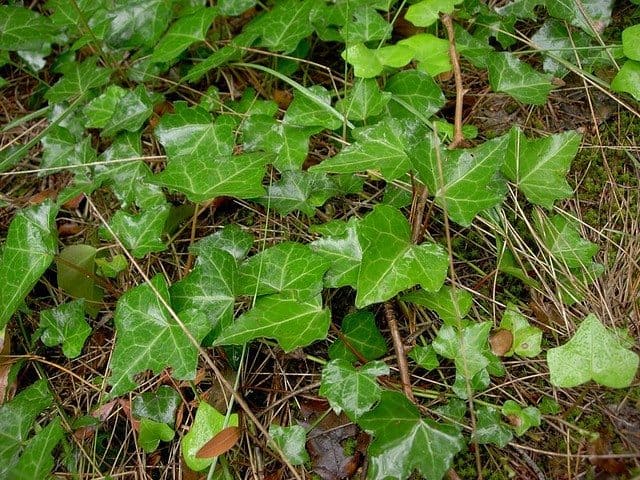
Ingestion of ivy can cause gastric disturbances such as excessive drooling, vomiting and diarrhea, as well as dermatitis or inflammation of the skin where the plant comes in contact with the skin, especially the mucous membranes like the lips, tongue and mouth. If you think you pet might have nibbled on the ivy, your cat or dog should see a veterinarian for treatment of the dermatitis and other symptomatic treatment.
Lilies, Including Easter Lilies
There are many species of lilies including daylilies, calla lilies, peach lilies and tiger lilies. Lilies are typically thought of as an outdoor flower, except during Easter time when potted Easter lilies provide gorgeous blooms indoors as well. These plants produce multiple large blooms and can grow several feet tall.
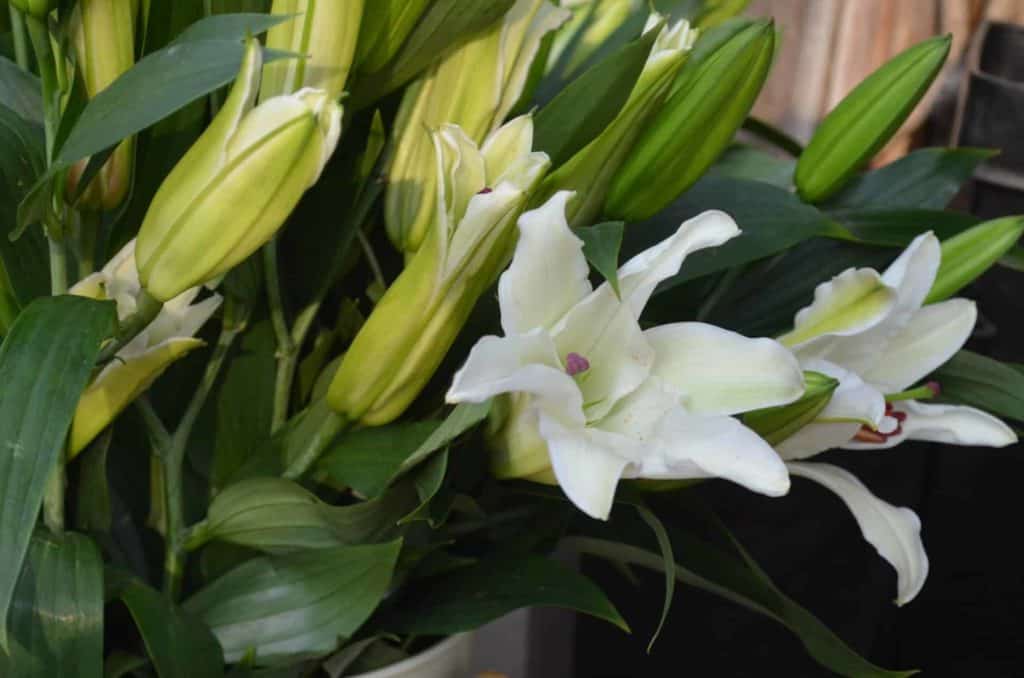
Lilies are severely toxic, especially to cats. They can cause depression, lack of urine production and kidney failure. Dogs are less susceptible to the toxins and ingestion is usually nonfatal, but can still cause some upset stomach issues. Vomiting should be induced, which can be a sticky process, so it is best to see a veterinarian as soon as possible. Your vet will then most likely start supportive therapy to aid in possible kidney failure.
Philodendron
These plants come in many shapes and forms. The most common would be what we most commonly associate with a dentist or doctor’s office. They grow tall and make an attractive potted floor plant that produces large, lobed leaves. They can also produce long branches that can be draped along shelves. Both of these qualities make them attractive snacks for cats and dogs.
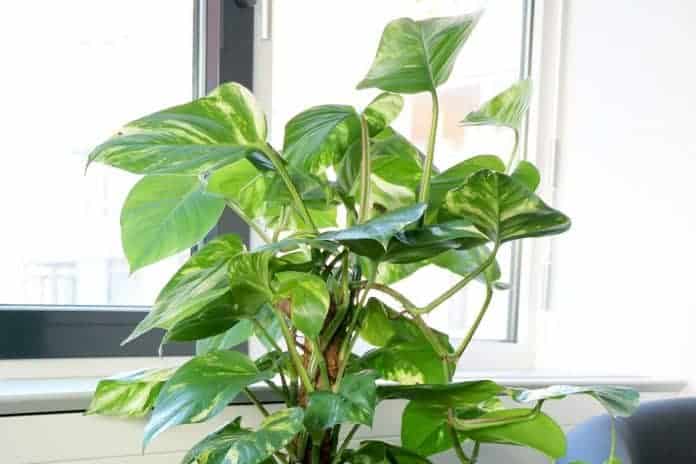
Fortunately, the leaves are only mildly to moderately toxic but can still cause irritation and swelling of the lips, tongue, mouth and throat. If ingested in large enough quantities, philodendrons can cause kidney failure in cats. It can also lead to vomiting and excessive drooling.
Luckily, you can usually treat your pet at home. Wash the area and apply some cooling compresses if your critter will tolerate them. Demulcents such as pectin or honey can be applied to the tongue and lips to provide some temporary relief. Most symptoms will disappear within a few days.
Poinsettia
These festive potted plants are a common sight in homes and offices during the Christmas season. They produce bright red, pink, or white ‘blooms’. They are only mildly toxic to dogs and cats, but due to the prevalence of the plant during certain times of the year, they are still a significant toxin risk.

Swallowing the white sap found in the stems and leaves can cause mild to moderate irritation of the mouth, lips, and tongue. You cat or dog might also start vomiting and it can also cause diarrhea. Occasionally, contact with the plant can cause conjunctivitis or pink eye. Mild symptoms usually go away on their own without any treatment. More moderate symptoms may require application of demulcents like honey or pectin to help combat the irritation in the lips or mouth. Eye drops may help soothe the conjunctivitis.
Amaryllis
Another popular Christmas bloom, amaryllis plants can be toxic as well. These plants are often given as gifts in the bulb form that then grow and bloom in the late winter to spring months. They are a beautiful flower which makes them a popular potted indoor plant.
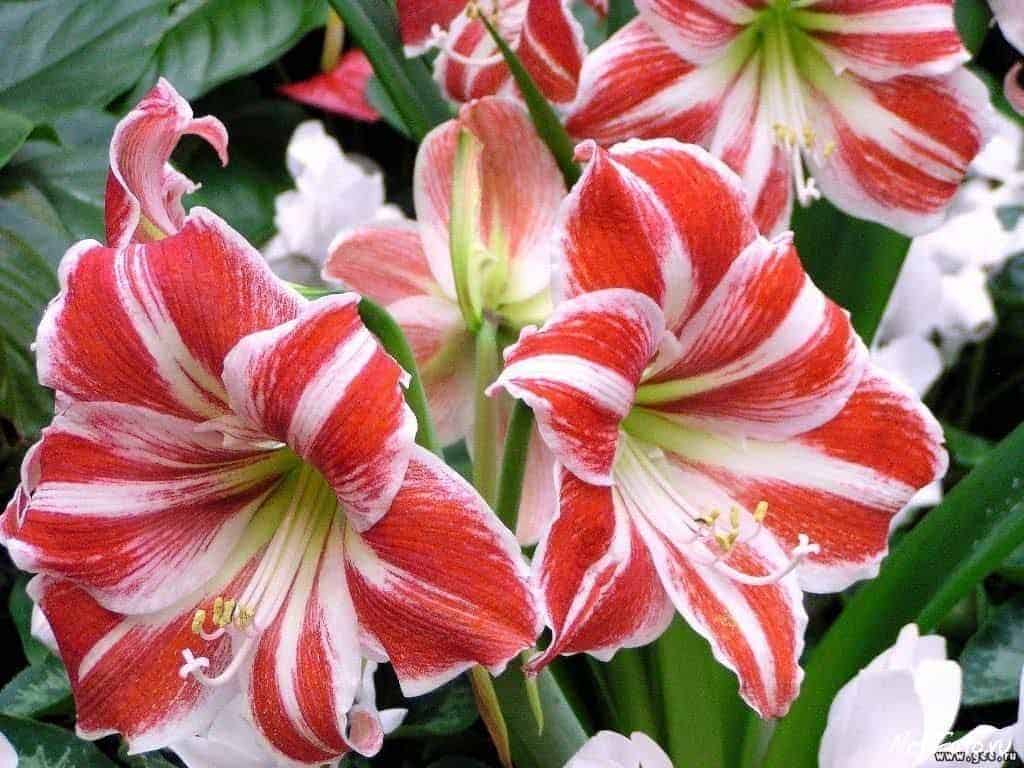
However, the toxins found in an amaryllis’ leaves, stems, and bulbs can cause excessive drooling, vomiting, diarrhea and abdominal pain. They can also lead to a sudden drop in blood pressure which will present as lethargy or weakness. Consult your veterinarian immediately if you suspect that your pet has eaten some of this plant.
Aloe
It’s a little ironic that this plant which has many positive medicinal purposes for humans is toxic to our pups and kitties. These spiny succulents are commonly kept because their juices can provide relief for minor burns and dry skin. They do the same for your pets, the dangerous part is when they are ingested.
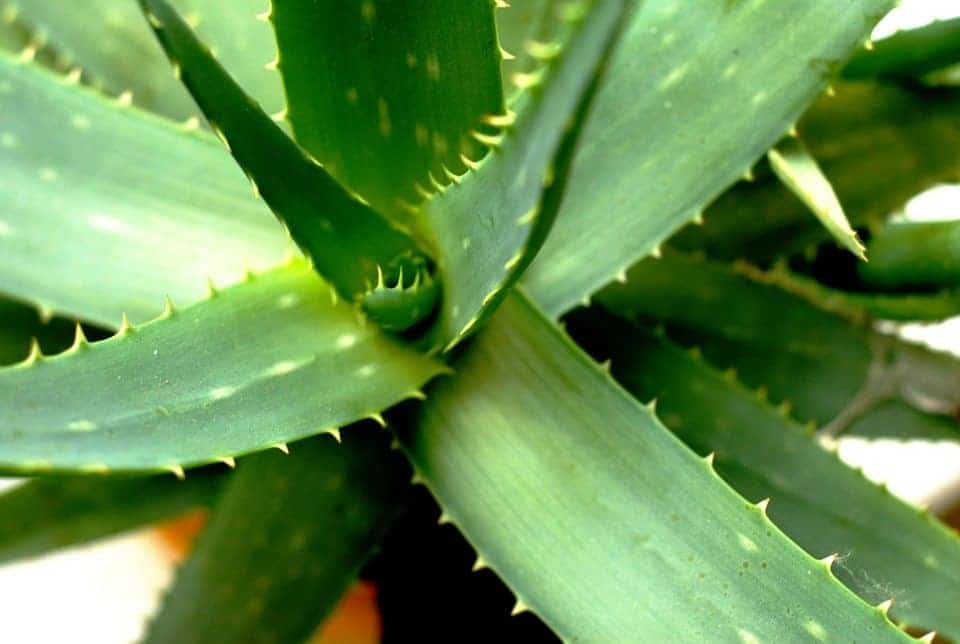
The juices of aloe plants can cause an increase in mucous production and water retention in the colon. It means that they can cause diarrhea and vomiting. It can also lead to depression, decreased appetite, changes in urine color and less commonly, tremors. Recommended treatment is supportive care to prevent dehydration.
Eucalyptus
Many people enjoy the decongestion and antiseptic benefits of fresh eucalyptus and eucalyptus oil. This makes it a common houseplant; however ingestion of this oil can lead to major issues for Fluffy and Fido.
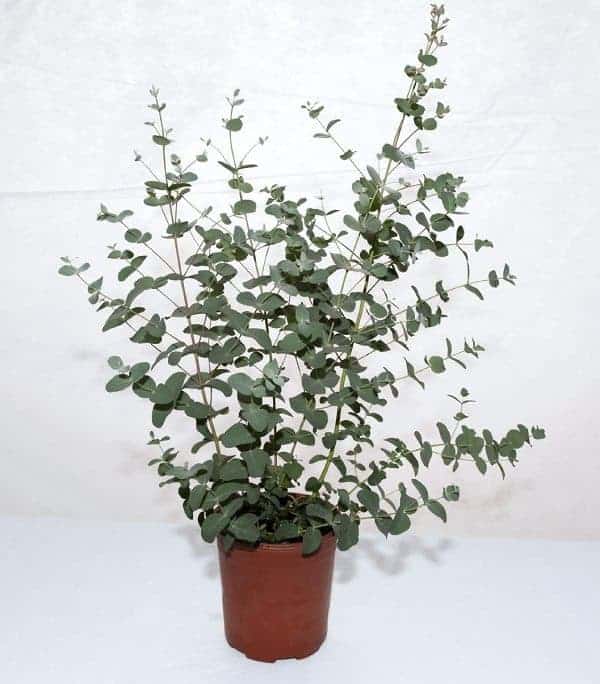
Eucalyptus oil is an irritant to the mucous membranes of the mouth and nose and the gastrointestinal tract. Ingestion can lead to vomiting, diarrhea, decreased appetite, and excessive drooling. In more severe cases, eucalyptus oil can cause neurotoxic symptoms such as muscle weakness, lethargy, confusion, and seizures. If your critter has nibbled on eucalyptus, you should take him to a veterinarian immediately. They can work to clear the toxin from the stomach and provide supportive treatment for other symptoms.
Cactus
Cactus plants are super easy to take of. They require little water and attention but produce beautiful blooms and unique greenery. There are many varieties that make them a great choice for those of us that have slightly less than a green thumb.
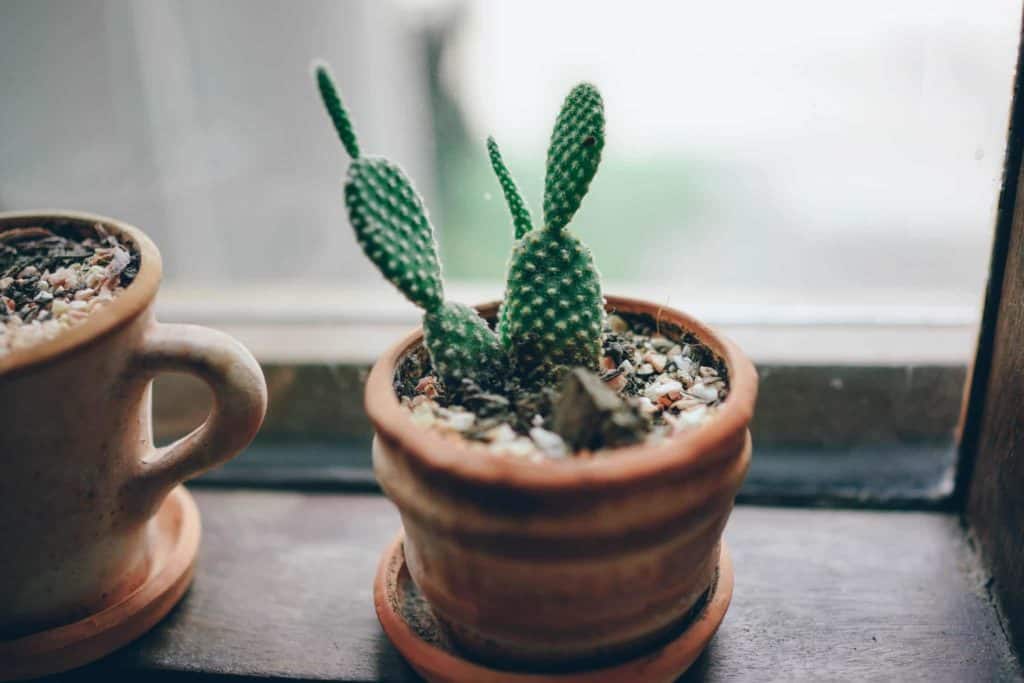
While cacti do not contain any poisonous toxins, they do contain spines or spikes that can injure your dog or cat if they try to eat them or even get too close to them. While this isn’t as scary as an ingested toxin, be aware that injuries to the face and feet are common when animals get too curious about cactus plants.
This list contains just a few of the common plants that can be a toxic to cats and dogs or cause injuries to our furry friends. For a more complete list, consult the Pet Poison Helpline or your veterinarian.
Just because these plants can be an issue if ingested by your critters, it doesn’t mean you can’t have them in your home. Just make sure they are out of reach of any furry mouths or paws. Keep them up on high shelves or in rooms not frequented by your pets. You can still enjoy all the benefits of having living houseplants as long as the proper protective measures are taken.
The post Top Common Houseplants to Beware With Cats and Dogs appeared first on VetBabble.





Post a Comment